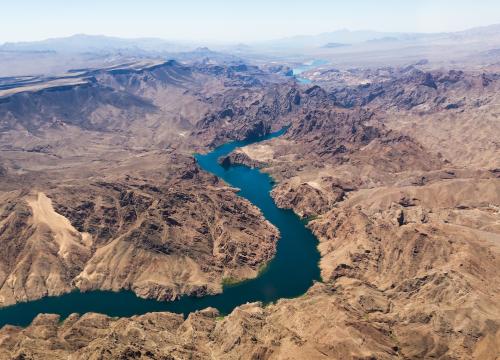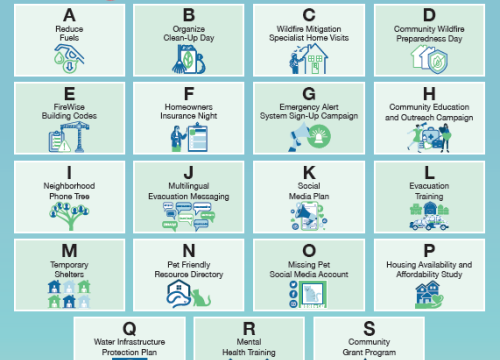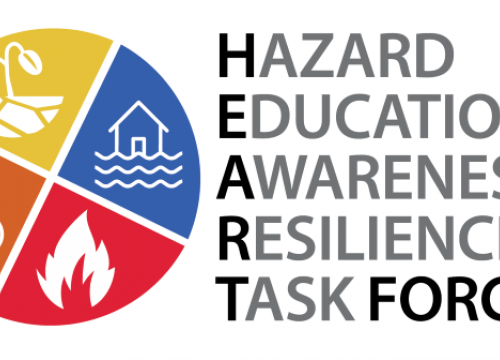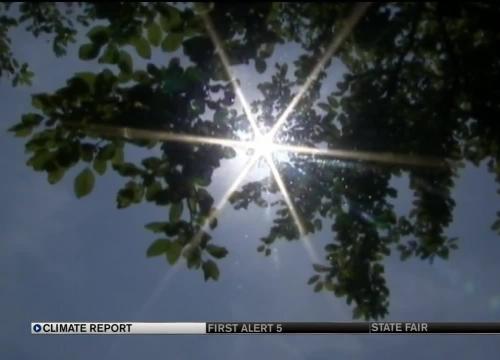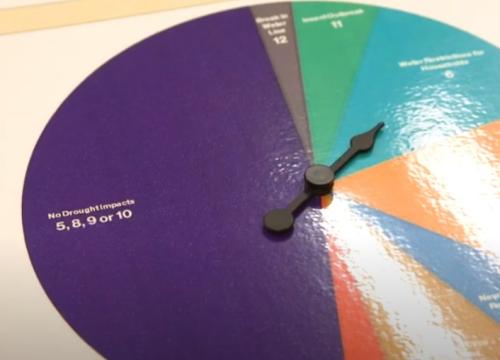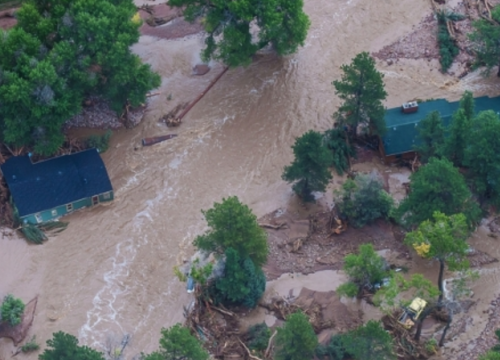In 2022, strong winds caused the Marshall Fire in Boulder County, Colorado to quickly become the most costly wildfire in Colorado history. Although strong windstorms are a common weather event at the foot of the Rocky Mountains, a particularly windy month soon after the fire had the public feeling on-edge and scientists wondering “Is it becoming windier on the Front Range as the climate warms?” The answer may lead to better preparation and communication to the public about hazardous wind storm events.

People in hard hats standing and kneeling around scientific equipment which are large white cubes with the label 'WINDCUBE'. In the background, there is an open field and a mountain ridge.
Goals Header
What Students Will Do
- Analyze windstorm and red flag warning data to evaluate changing wind conditions on Colorado's Front Range
- Construct arguments using scientific evidence on how wind conditions are changing
Teaching Materials
Description
Part 1 – (20 minutes) Eliciting Students’ Ideas
- Access students' prior knowledge by asking students about the windiest conditions they've ever experienced, and why wind is an important weather condition to be aware of.
Part 2 – (40 minutes) Identifying Important Science Ideas
- Students engage with an interactive reading to 1) making connections between the opening scenario prompt and the work of Dr. Juli Lundquist, an atmospheric scientist, and 2) make predictions as it relates to the investigative question, "Is it getting windier on the Front Range of Colorado?"
Part 3 – (40 minutes) Supporting Ongoing Changes in Thinking
- Students test their predictions by analyzing windstorm data and red flag warning frequency datasets.
Part 4 – (20 minutes) Constructing Evidence-Based Explanations
- Students reflect on evidence gathered during parts 1-3 and construct a newspaper article with evidence to answer the questions, "Is it windier on the Front Ranges of Colorado?" and why should the public be wary of any windstorms?

